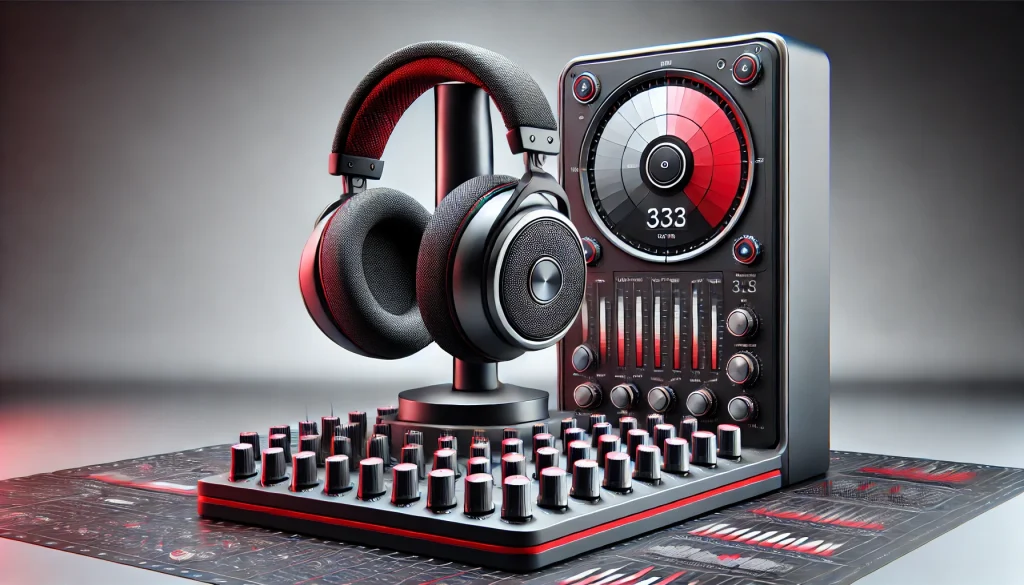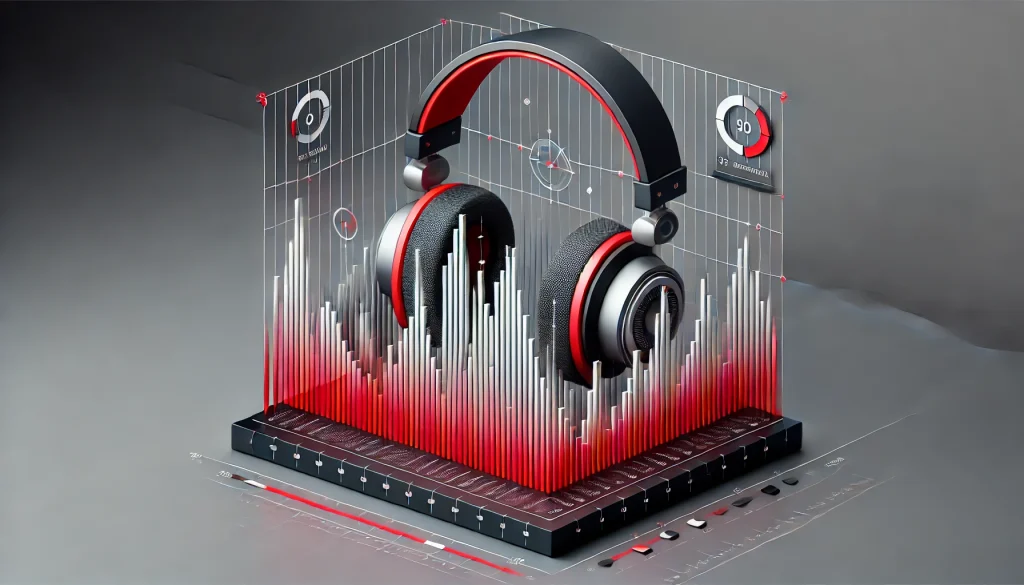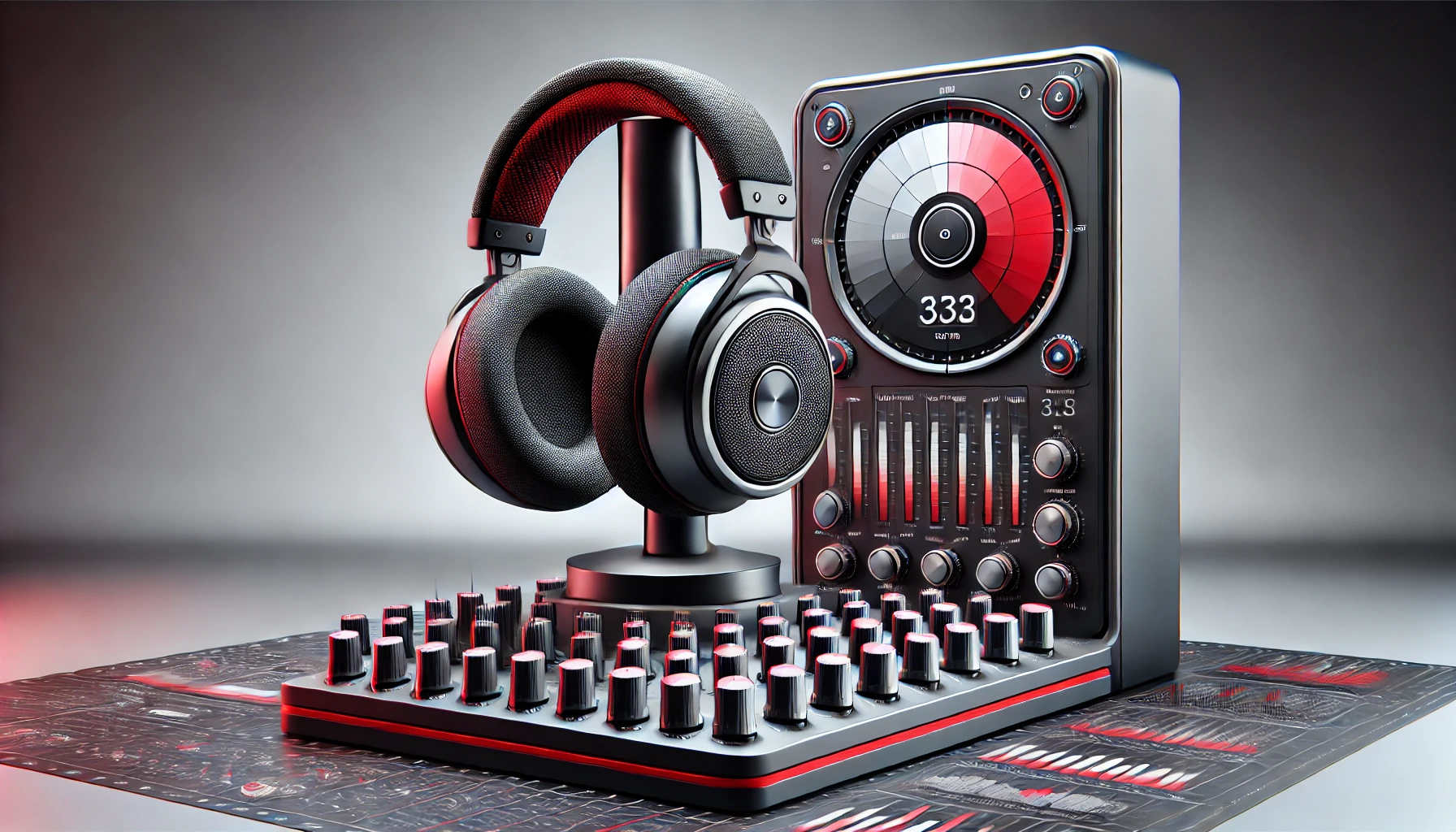
Testing the sound quality in headphones is crucial for anyone who values an exceptional listening experience. Whether you’re a music lover, a sound engineer, or a casual listener, evaluating headphones can significantly enhance how you appreciate music or media. Testing sound quality helps uncover headphones’ nuances, like bass depth, clarity, and balance, and ensures they perform optimally. This guide will walk you through straightforward steps to evaluate sound quality and understand what aspects to focus on during your headphone tests.
Testing headphones might sound technical, but it’s easier than it seems! With the right guidance, you can confidently assess how your headphones deliver music, audio cues in games, or podcasts. Now, let’s dive into what you’ll need and how to get started.
Materials or Tools Needed
Testing headphone sound quality requires a few basic tools, some of which you likely already have:
- High-quality music tracks: Choose songs with various frequencies and instrument ranges (suggestions below).
- Spotify or another music streaming service: This lets you stream high-fidelity versions of test tracks.
- Online headphone test tools: Use online resources like AudioCheck’s Sound Tests or Headphonesty’s Guide for dedicated tests on frequencies, distortion, and more.
Step-by-Step Instructions

Step 1: Set Up a Controlled Environment
To accurately test sound quality, start by setting up in a quiet, isolated space. Minimize background noise as much as possible. Close windows, turn off any fans, and use over-ear headphones with good noise isolation for the best results. By creating a quiet environment, you can listen for nuances like subtle bass or instrumental clarity. If your test space is loud, even the best headphones may seem underwhelming.
Step 2: Begin with a Frequency Response Test
One of the most crucial tests is the frequency response test, which helps you understand how well headphones reproduce both high and low tones. Headphones should ideally cover a wide frequency range, from deep bass (20 Hz) to crisp treble (20 kHz). Visit AudioCheck’s Sound Tests and run the frequency sweep. If you hear any gaps, the headphones may have weak spots in certain frequencies, impacting your listening experience.
Step 3: Test for Clarity and Detail with High-Resolution Tracks
After checking the frequency range, move on to testing clarity. Choose high-resolution tracks with distinct instruments, like jazz or classical music. A song such as “Hotel California” by Eagles or “Bohemian Rhapsody” by Queen allows you to detect details in the midrange and treble. Play the tracks through Spotify or a high-quality streaming service. Listen closely to determine if each instrument and vocal is distinct without overlapping.
Step 4: Check Bass Response with Bass-Heavy Tracks
To test bass performance, play songs with a lot of low-end frequencies. Try listening to tracks like “Royals” by Lorde or “Paper Trails” by Darkside, both known for their deep bass lines. Notice if the bass feels punchy, controlled, and natural or if it’s overwhelming and muddy. Headphones with poor bass quality will often distort at high volumes, making the listening experience unpleasant.
Step 5: Assess Soundstage and Imaging
Soundstage refers to the perceived space and environment of the audio, essential for genres like classical or live recordings. A track like “Bubbles” by Yosi Horikawa, rich in spatial effects, is ideal for testing soundstage. Listen to how well the headphones create a sense of depth and if it feels like the sounds are surrounding you. Good headphones should make sounds seem as though they’re coming from various directions, not just from within the speakers.
Step 6: Test for Distortion at Higher Volumes
Another important aspect of sound quality is distortion. Increase the volume to a moderately high level and play a song with rich dynamics, like “Thriller” by Michael Jackson. Distortion becomes noticeable when the sound quality worsens at higher volumes, either through crackling or losing definition. Headphones with low distortion will maintain clarity even at high levels, ensuring the audio remains rich and clear.
Do’s and Don’ts

Do’s:
- Do choose high-resolution tracks: Opt for songs with complex instrumentation and high dynamic range.
- Do test at moderate volume levels first: Start low and increase gradually to avoid damaging the headphones.
- Do use multiple genres: Test with a mix of genres to gauge how well headphones handle different sounds and intensities.
- Do repeat the tests over time: Headphones can sound different after a break-in period; repeating tests gives you a more accurate picture.
Don’ts:
- Don’t solely rely on low-quality streaming services: Services like YouTube may compress audio, masking subtle differences.
- Don’t test in noisy environments: Background noise can interfere with your ability to detect sound quality nuances.
- Don’t skip the bass test: Even if you’re not a bass lover, bass quality affects overall sound balance.
- Don’t ignore fit and comfort: Uncomfortable headphones can affect the quality of the listening experience over time.
Conclusion
Testing sound quality in headphones is an enlightening process that reveals much about the headphones’ true potential. From frequency response to bass performance and soundstage, these tests provide a comprehensive view of what your headphones offer. By following these steps, you can confidently determine if your headphones meet your standards for best sound quality. Try these tests with your favorite pair today to discover the true sound they deliver!
FAQ
How can I tell if my headphones have good bass?
Listen to bass-heavy tracks at different volumes. Good bass will feel balanced and clear, not overpowering.
What is soundstage, and why does it matter?
Soundstage refers to the spatial perception of sound. A wide soundstage makes listening feel more immersive.
Can I test sound quality on any headphones?
Yes, but keep in mind that certain headphone types (e.g., open-back vs. closed-back) perform differently in sound quality tests.
Resources
- AudioCheck’s. Comprehensive Sound Testing
- Audiophiles. How to Test and Assess the Sound Quality of Headphones.
- Headphonesty. Testing Headphone Quality.
- SoundGuys. Headphones Buying Guide: What You Need to Know.
- What Hi-Fi? 10 Best Tracks. Sound Quality Track Recommendations

Brijesh Gohil is the founder of Tech Brij, A popular Tech Blog which is focused on Tech tips & Buying Guides. You can follow him on Facebook, Twitter, Google + & LinkedIn.

